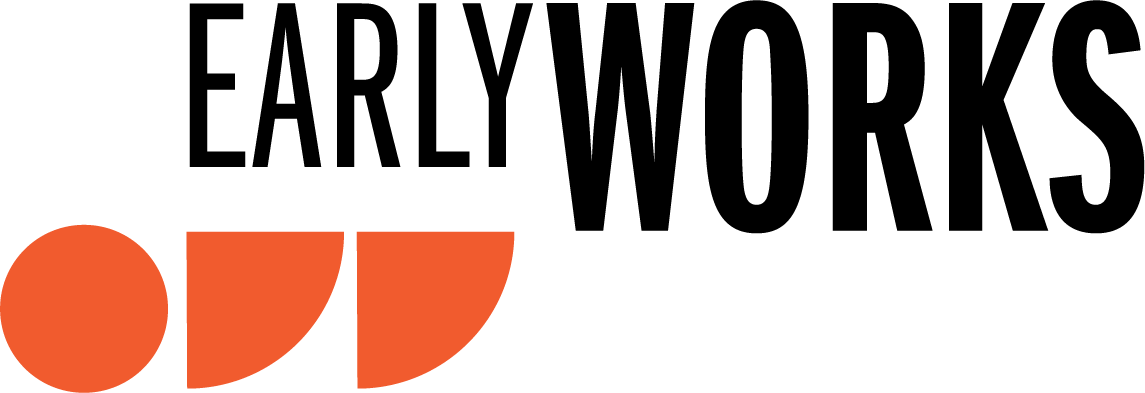Reading Your Data Tea Leaves to Design For, Track, and Inform Progress
What does success look like? How often has this question challenged your team? Nonprofit and philanthropic organizations are often tackling complex community issues. How do you find measurable key milestones to show steady, incremental progress to larger changes?
At EarlyWorks, we start with listening—to our clients and to their stakeholders. This helps us shape and prioritize clear, actionable objectives. We also turn to data. Often clients are collecting information, or could be, that will provide insights into what’s working, quantify progress, and/or inform ongoing programmatic and systems needs.
Reading the tea leaves…
Using data to objectively understand what’s working or not is a key step in fully determining what’s needed to move the organization to its ultimate goal. Consider your own website. What role should your website play in your overall marketing strategy? Where does it fall in priority for your stakeholders? Do you know what they need to see on your website in order to take the desired next steps? In other words, does your site have a clear call to action? Have you experimented to see which messages drive the most activity? The answers to those questions are the data you need.
What are your explicit website objectives? Here are a few examples:
Driving program enrollment
Driving donations
Driving registration to your online newsletter/mailing list
Driving awareness of and attendance to events
Recruiting volunteers
Recruiting staff or board members
…can provide actionable results…
Similarly, in keeping with the website example, impactful campaigns design for and track actionable data. We want to help clients move beyond pageviews (people visiting the website) to prompt an action. With Detroit Head Start, we track completed applications to demonstrate results on a citywide enrollment campaign. We worked with the Youth Development Resource Center to launch Discover Your Spark to help parents and caregivers search hundreds of local after school and summer programs to find a fit for their child’s interest. Ultimately, we want to know they are using the Program Finder to find a program. This data demonstrates progress toward a goal, and allows us to set realistic year-over-year campaign goals.
…to help you better understand your stakeholders
By analyzing this data, we not only ensure that we are reaching our stakeholders, but also we are learning about them, too—what locations, ages, program types, etc., interest them. This data not only informs marketing efforts, but provides insights to programmatic efforts and to share with funders or those engaged in systems-level work to fill gaps and plan capacity. Do program locations match up to areas with the most interests? Are there enough program options for a particular age group? What are the most desirable types of programs? How and when do stakeholders “shop” for and evaluate various options?
Technology is often our friend in this process. It can seem daunting at first, but working with the right skilled partners makes the work efficient and exposes new insights. Analysis can save precious staff time. And, behavioral data—what stakeholders actually did—can sometimes provide more reliable information than asking stakeholders directly, via a survey or interview, for example. With people assigned to regular analysis and reporting, measuring progress will become a streamlined process that over-delivers on helping to drive real, specific impact.
If you need a partner to help you read your data tea leaves, please contact us.






